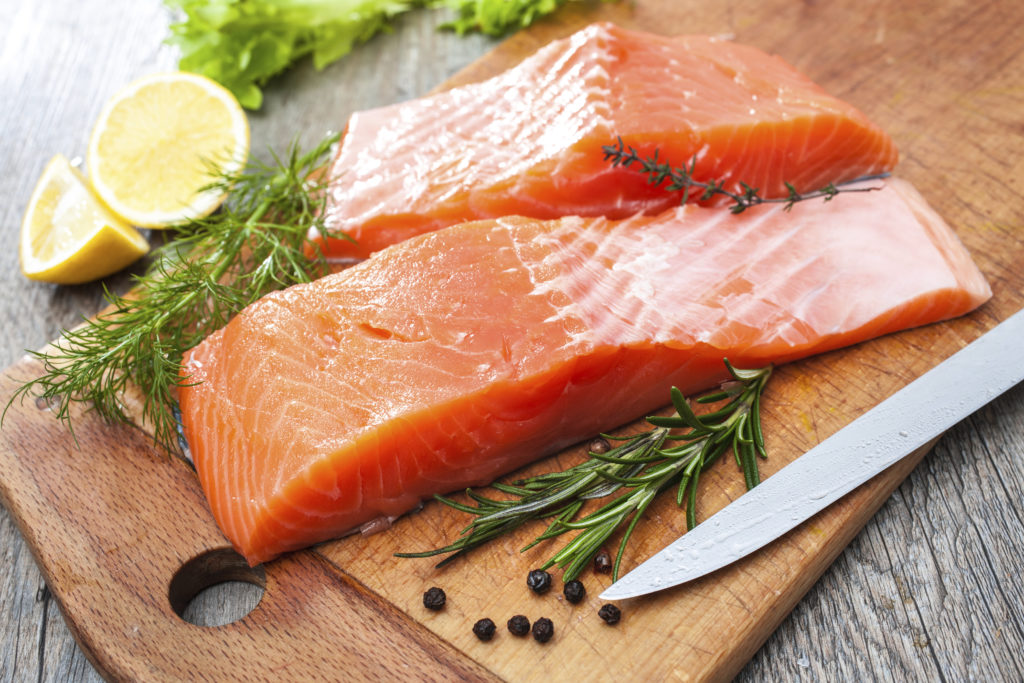The people who come to your restaurants will have a wide range of likes and dislikes, allergies and intolerances and dietary restrictions. These dictate which foods they feel comfortable ordering from your menu.
To cater to a broad audience and create an inclusive menu, culinary students in Boulder will need to learn about which meal plans people could be sticking to, and how to create unique, fun meals that are within their parameters.
One such diet plan is the Whole30, a popular short-term diet that changes the way eaters think about food. Here are some tips on how to craft a Whole30 compliant menu:
Understanding the Whole30
The Whole30 is a complicated diet. If you’re catering a portion of your menu to your health-conscious customers who’re looking for a meal free of dairy, soy, sugar, alcohol, legumes, grains, processed foods or junk foods, it’s important you know the rules just as well as they do.
Here are some ingredients that may be go-tos in your kitchen that you’ll have to avoid when feeding this crowd:
- Butter – if it has to be rich and creamy, try ghee or coconut oil instead.
- Vegetable oil – peanut, corn, soybean and ricebran oils are all off-limits, and others like sunflower or safflower oils are discouraged.
- Seasoning salts and blends – these may include sugar, so be sure to check your labels.
- Iodized table salt – bitter though it may be, iodized table salt contains sugar. Sea salt, on the other hand, doesn’t.
Offer an excellent protein
Every meal on Whole30 must follow a specific structure:
- One serving of protein.
- A serving of fat.
- An unlimited amount of vegetables.
Since protein is the cornerstone of every Whole30 meal, it’s not hard for dieters to fall into a routine with their sources of proteins – hard-boiled eggs and chicken breasts galore. Give them a break by offering a new Whole30-friendly option.
Salmon is an excellent choice – it’s bright, full of Omega-3 fatty acids and tastes delicious. Pan sear the fish with ghee and season with salt and pepper. Or, get a little more complex with almond meal, Dijon mustard, olive oil and paprika, like The Defined Dish did with its almond-crusted salmon recipe.

Bring in unique veggies
One of the most fun aspects of the Whole30 is branching out and trying new vegetables. Fill your diners’ plates with bright and unique veggies prepared in eye-catching ways. Here are two less-common veggies to add to your menu:
Sunchokes
Also called Jerusalem artichokes, this tuber looks something like a ginger root-potato hybrid. The Kitchn recommends roasting them at 425 degrees Fahrenheit after scrubbing them, thinly slicing them, tossing in olive oil and sprinkling with rosemary, salt and garlic.
Celeriac
It’s hard to imagine that the colorless bulb covered in wispy roots could make a flavorful side, but don’t underestimate this root vegetable. Celeriac is very versatile and can make for some delicious dishes.
Bon Appetit suggests chopping it into steaks about one inch thick and cooking them in a skillet over medium high heat for about four minutes per side, or until golden brown. Next, transfer the skillet to a 400-degree oven and continue baking for another eight to 10 minutes, or until the center is tender. Top with chopped veggies, like a salsa verde made with tomatillos, serrano chile, garlic, onion and olive oil. Or, turn your celeriac steak into a vehicle for your protein, positioning fish fillet, chicken breast or burger on top.
When checking out the Bon Appetit recipe, keep in mind the rule about vegetable oils – try using an alternative like avocado oil, a Whole30 compliant option with a high smoke point.

